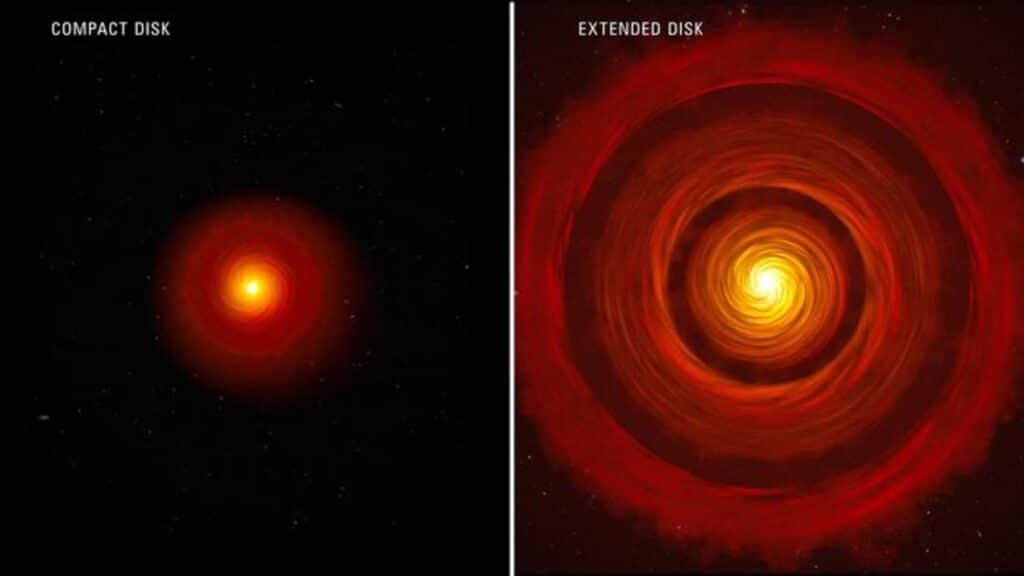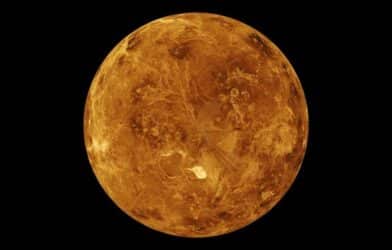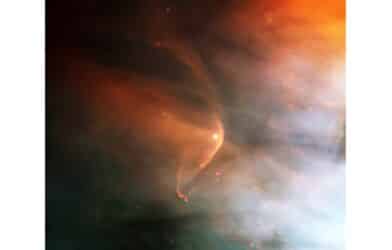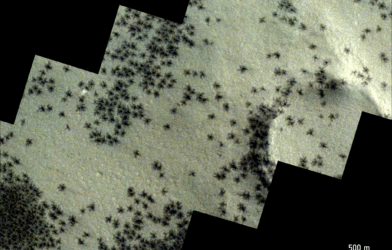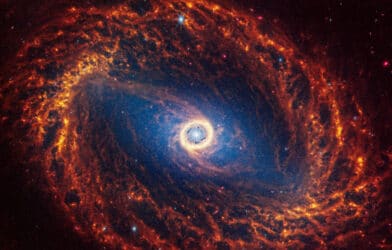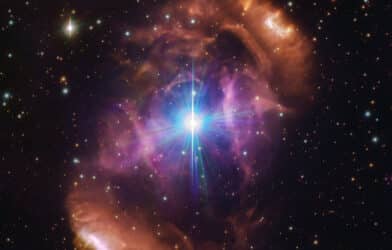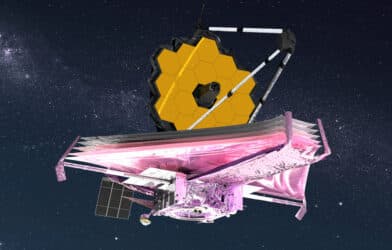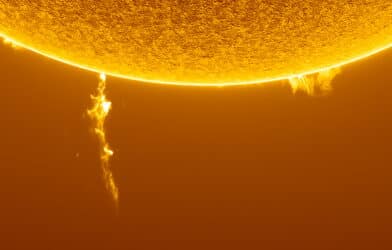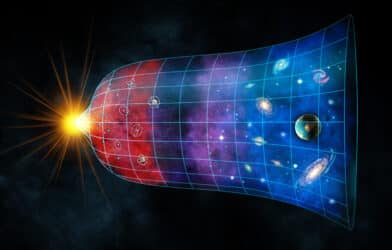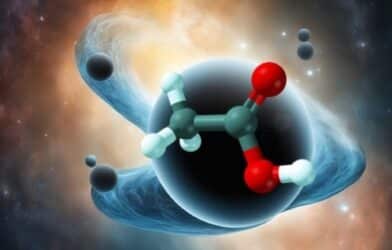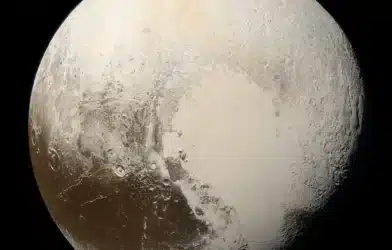NASA’s James Webb Space Telescope (JWST) not only captures incredible images from space, but it’s also unlocking mysteries about the formation of planets. By studying water vapor in protoplanetary disks, JWST has confirmed a crucial process involving the migration of ice-coated particles from the outer regions of these disks into the zone where rocky planets form.
For a long time, theories have proposed that icy pebbles, originating in the cold, outer regions of protoplanetary disks (the same region where comets in our solar system originate), are the building blocks of planet formation. According to these theories, these pebbles should migrate inwards towards the star due to friction within the gaseous disk, bringing both solids and water closer to the forming planets.
One fundamental prediction of this theory is that as these icy pebbles enter the warmer region known as the “snowline” (where ice transitions to vapor), they should release significant amounts of cold water vapor. JWST has now confirmed this prediction.
“Webb finally revealed the connection between water vapor in the inner disk and the drift of icy pebbles from the outer disk,” says Andrea Banzatti, principal investigator from Texas State University, in a media release. “This finding opens up exciting prospects for studying rocky planet formation with Webb!”
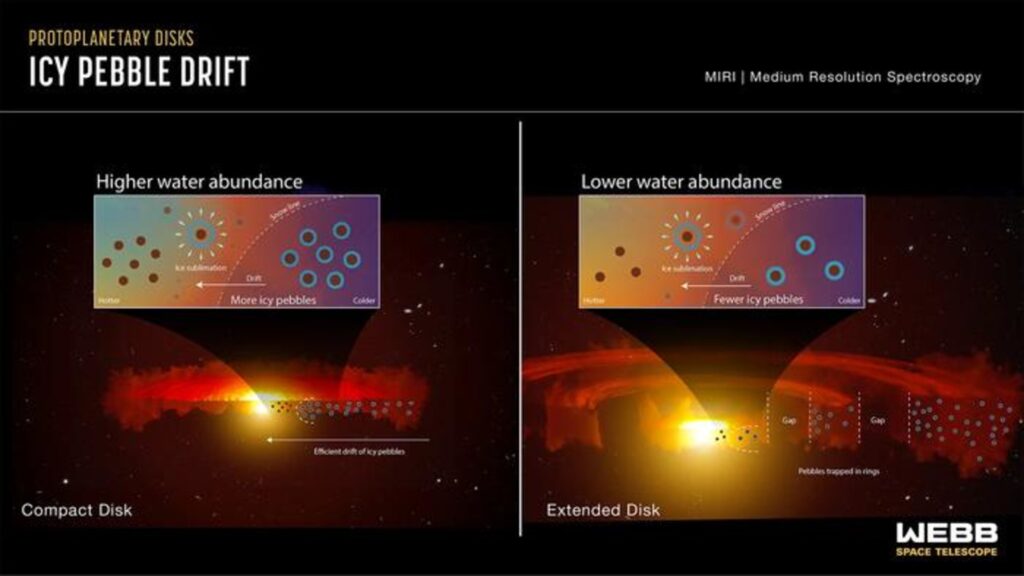
Until now, the understanding of planet formation depicted a relatively static picture with isolated zones for planet birth. However, this recent discovery suggests that these zones can interact with each other, which is a significant finding for understanding how planets form, including those within our own solar system.
“In the past, we had this very static picture of planet formation, almost like there were these isolated zones that planets formed out of,” explains Colette Salyk, team member from Vassar College. “Now we actually have evidence that these zones can interact with each other. It’s also something that is proposed to have happened in our solar system.”
To make this discovery, researchers used JWST’s Mid-Infrared Instrument (MIRI) to study four protoplanetary disks around sun-like stars. These stars are only a few million years old, making them cosmic infants.
The two compact disks were expected to experience efficient pebble drift, delivering pebbles and water to the inner planet region. In contrast, the two extended disks were believed to retain pebbles in multiple rings, extending far beyond the orbit of Neptune.
The observations with JWST were designed to determine whether compact disks had a higher water abundance in their inner rocky planet regions, as expected if pebble drift was efficient. Researchers used MIRI’s Medium-Resolution Spectrometer (MRS) because it is sensitive to water vapor in disks.
The results confirmed expectations by revealing an excess of cool water in the compact disks compared to the larger disks.
As the pebbles migrate inward, they tend to accumulate at points with increased pressure, known as pressure bumps. While these pressure traps do not completely halt pebble drift, they do slow it down. This phenomenon is observed in the larger disks with rings and gaps.
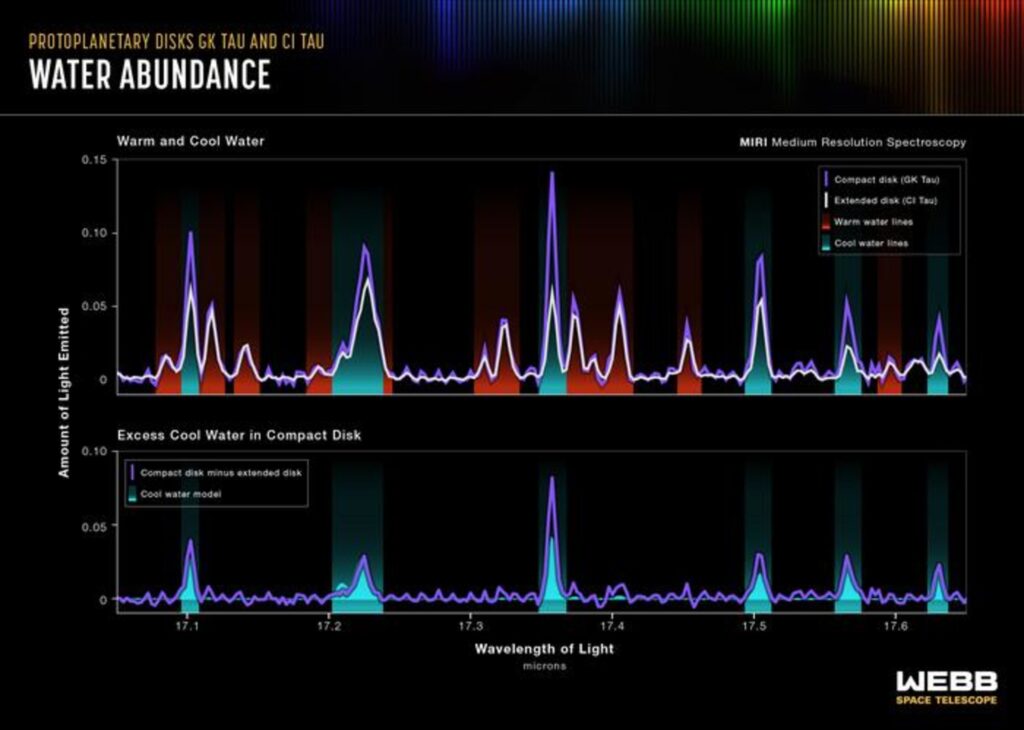
Current research suggests that large planets, like Jupiter, may create rings of heightened pressure, leading to the accumulation of pebbles and water. This phenomenon may have also played a role in our solar system, inhibiting the delivery of pebbles and water to the inner rocky planets.
The initial data perplexed the research team, as they appeared to indicate that compact disks had colder water, and larger disks had hotter water overall. But, when the data from compact disks was superimposed onto the larger disks’ data, the answer became clear. Compact disks exhibited additional cool water just inside the snowline, approximately ten times closer than the orbit of Neptune.
“Now we finally see unambiguously that it is the colder water that has an excess,” says Banzatti. “This is unprecedented and entirely due to Webb’s higher resolving power!”
The study is published in The Astrophysical Journal Letters.
